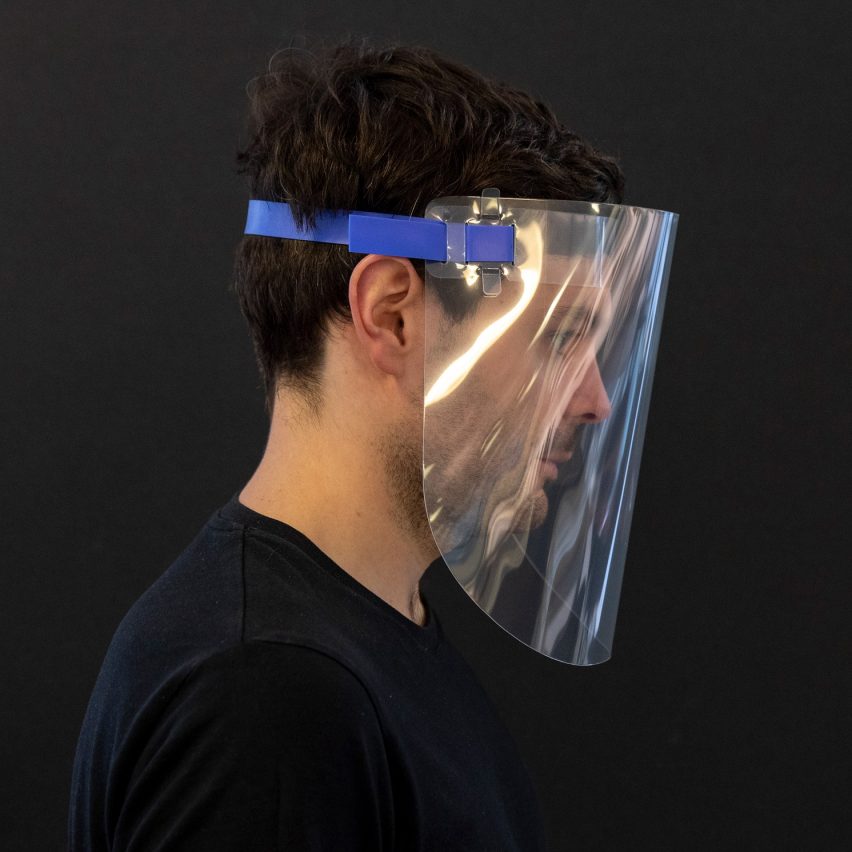
With health workers in many parts of the world facing shortages of personal protective equipment as they treat coronavirus patients, architects, designers, institutions and brands around the world are making face shields.
Face shields are simple, transparent screens that cover the face and help prevent infectious droplets from entering the eyes, nose and mouth. They are usually worn in conjunction with masks or respirators, blocking splashes and sprays from reaching the face and making it preventing workers from touching their faces.
"Face shields are generally not used alone, but in conjunction with other protective equipment and are therefore classified as adjunctive personal protective equipment," states a 2016 review of face shields by the US National Center for Biotechnology.
"Little research" into face shields
However, the NCBI review added that guidelines for their use and standards for their manufacture vary widely. "Although there are millions of potential users of face shields, guidelines for their use vary between governmental agencies and professional societies and little research is available regarding their efficacy," it said.
But Mike Edmond, a healthcare epidemiologist and physician based in Iowa City, believes that face shields "offer a better solution" than masks.
"The advantages of face shields are their durability allowing them to be worn an indefinite number of times, the ability to easily clean them after use, their comfort, and they prevent the wearer from touching their face," Edmond wrote on his blog.
"We have a product that is reusable, cleanable, covers more of your face, decreases the risk of autoinoculation, and keeps us from burning through our mask supply," he wrote in another post.
"Importantly, they cover all the portals of entry for this virus: the eyes, the nose, and the mouth. Moreover, the supply chain is significantly more diversified than that of face masks, so availability is much greater."
Simple to make
Face shields are the easiest type of personal protective equipment (PPE) to make. They typically consist of just two parts: a visor that covers the face and which is usually made of plastics such as polycarbonate, propionate, acetate, polyvinyl chloride (PVC), and polyethylene terephthalate glycol (PETG); and a method of holding the visor in place, such as a headband or strap.
The strap can be made of moulded plastic, 3D-printed plastic or even elastic. Some are designed to be thrown away after a single use while others can be sterilised and reused.
"Because the design of face shields is simple, massive production should not be difficult," wrote Edmond. "Individuals and groups are making them via 3D printing, and they can even be made from materials that are readily available from stores that sell office or craft supplies."
However, people wanting to help out by producing the devices should first check with local healthcare organisations to ensure their designs meet their requirements.
Architects, brands and institutions making shields
Brands including Nike and Apple, architects including Foster + Partners and BIG and educational institutions including Cambridge University and MIT have all developed or adapted designs for face shields recently, utilising 3D printing, laser cutting and even origami. In addition, many open-source designs are available for people to download and customise.
Here are eight examples:
Reusable face shield by Foster + Partners
Architecture studio Foster + Partners designed a face shield that can be manufactured extremely quickly, and disassembled, sanitised and reused after wearing.
Made with a laser cutter, the studio managed to make 1,000 of the shields in one day using a single machine.
"Protecting front-line health workers is key and we felt this was an obvious way that we could contribute," Grant Brooker, head of studio at Foster + Partners, told Dezeen.
Origami face shield by University of Cambridge and the University of Queensland
The HappyShield face shield designed by researchers at the University of Cambridge's Centre for Natural Material Innovation and the University of Queensland's Folded Structures Lab is assembled by folding a piece of plastic using curved-crease origami.
Created from simple materials and fabricated without the need for specialist machinery, the shield is designed so that it can be made anywhere in the world.
"It's not expensive to make at all," said Michael Ramage, head of the Centre for Natural Material Innovation at the University of Cambridge. "It's viable anywhere in the world, whatever your resources."
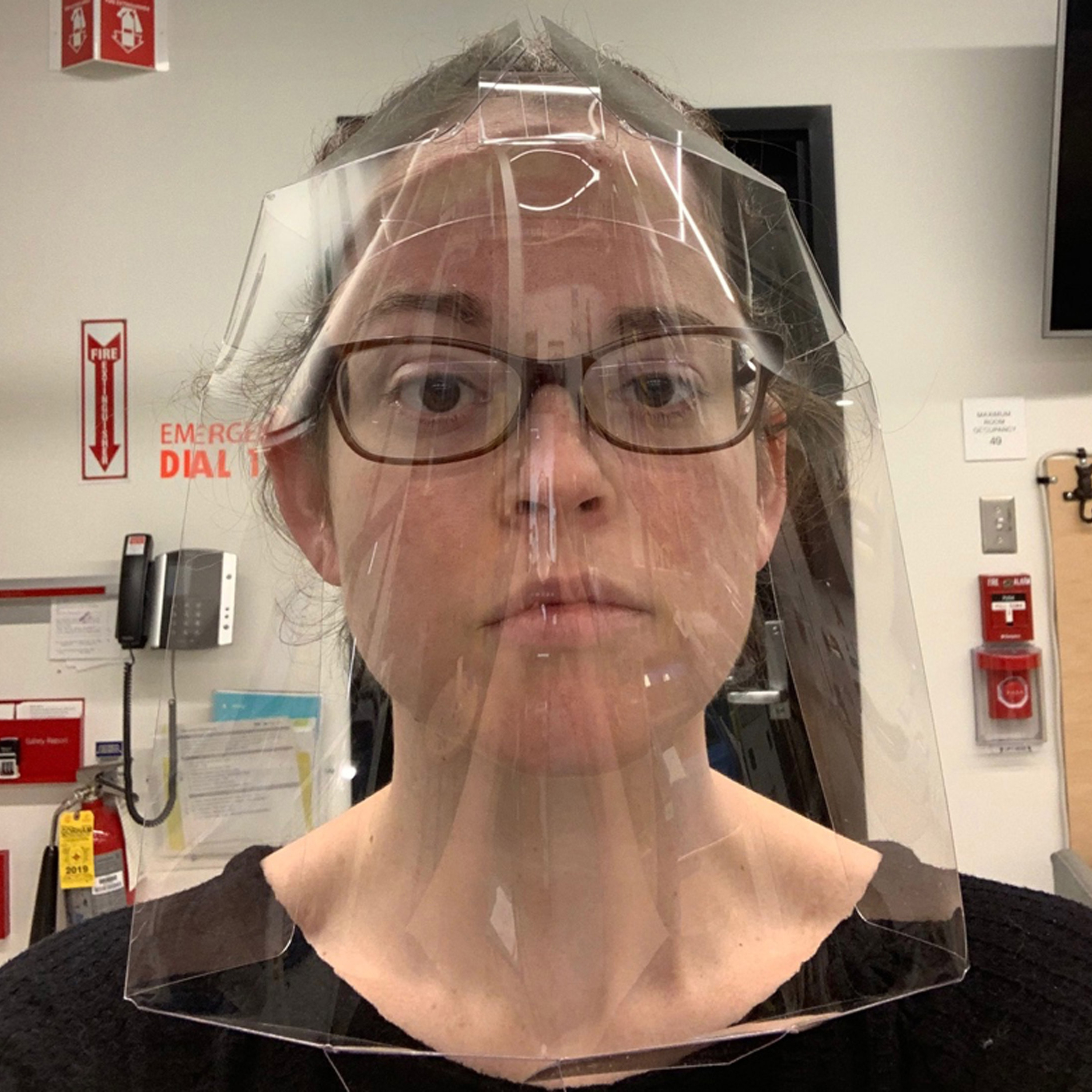
Researchers at the Massachusetts Institute of Technology designed a disposable face shield that is made from a single piece of plastic. The shields can be rapidly mass-produced and delivered flat-packed before being folded into shape when needed.
"These face shields have to be made rapidly and at low cost because they need to be disposable," said Martin Culpepper, professor of mechanical engineering and project leader.
"Our technique combines low-cost materials with high-rate manufacturing that has the potential of meeting the need for face shields nationwide."
Face shields from footwear by Nike
Sportswear brand Nike has used materials usually found in its shoes and clothing to create a face shield that it is distributing to hospitals in Oregon, USA.
The face shield is made from polyurethane film, which is usually used for the airbag in the sole of its Air shoes and for the padding that is normally found in collars. The shield can be tightened with a cord typically used on Nike's items of clothing.
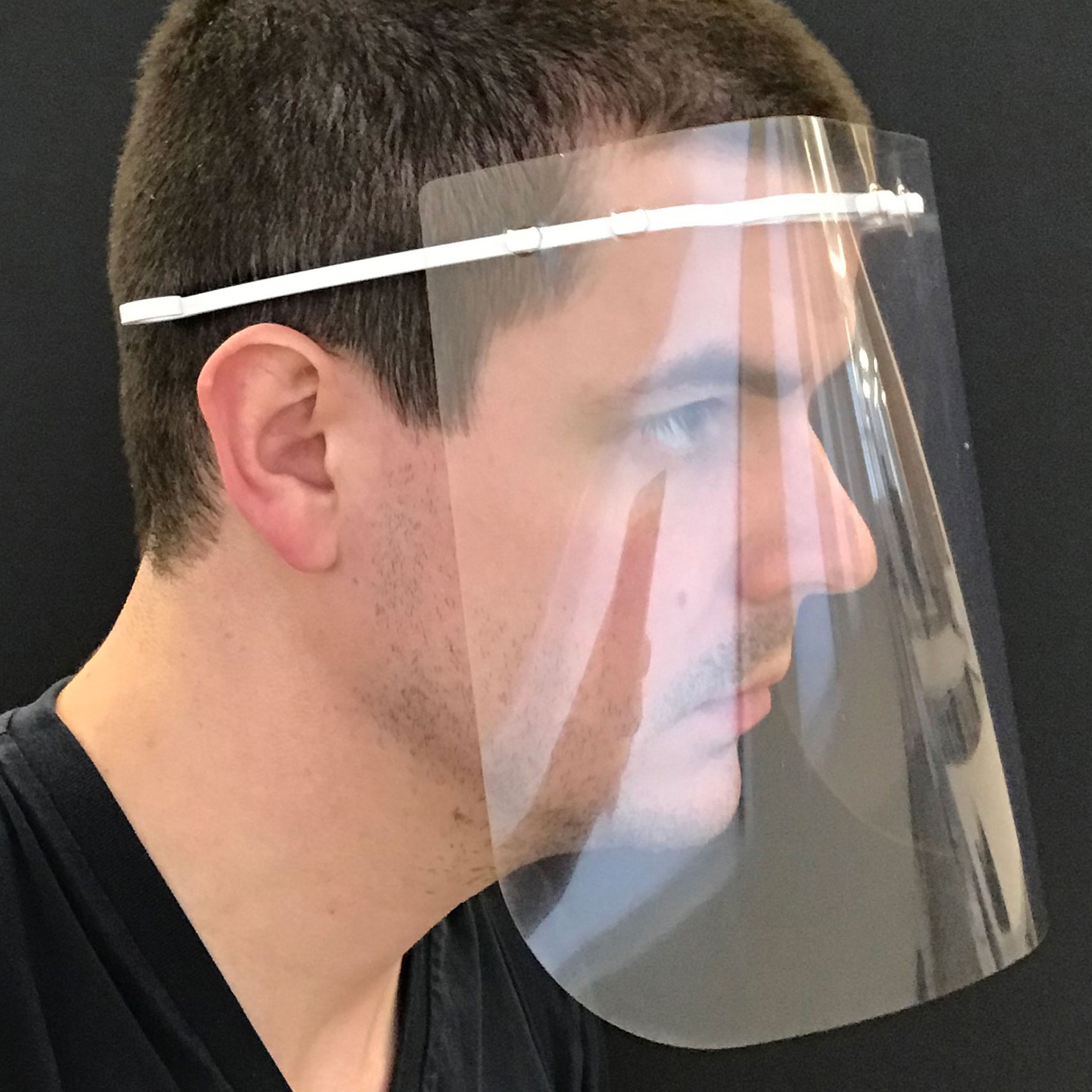
Open-source face shield by Erik Cederberg
Erik Cederberg of Swedish 3D-printing company 3DVerkstan created an open-source design for a face shield that architecture studios across America have been using.
Studios including Handel Architects, Bjarke Ingels Group (BIG) and Kohn Pedersen Fox (KPF) are manufacturing the face shields and distributing them to hospitals in America.
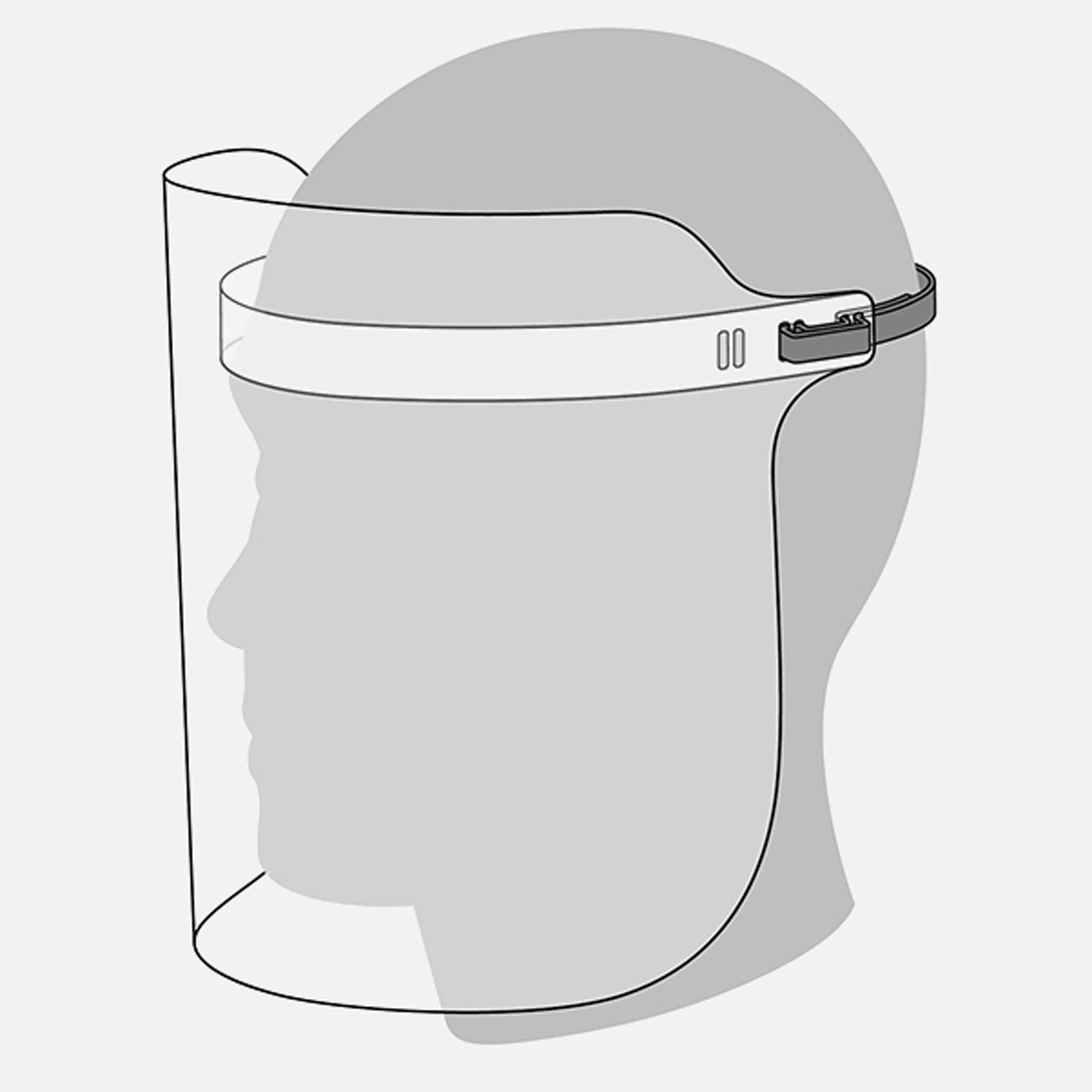
Flat-pack face shield by Apple
Technology company Apple has created a fully adjustable face shield and has begun manufacturing the protective equipment in the US and China. The company is planning to make and ship one million of the face shields to hospitals in the US every week.
"We've launched a company-wide effort, bringing together product designers, engineering, operations, and packaging teams, and our suppliers, to design, produce, and ship face shields for health workers," said Apple CEO Tim Cook.
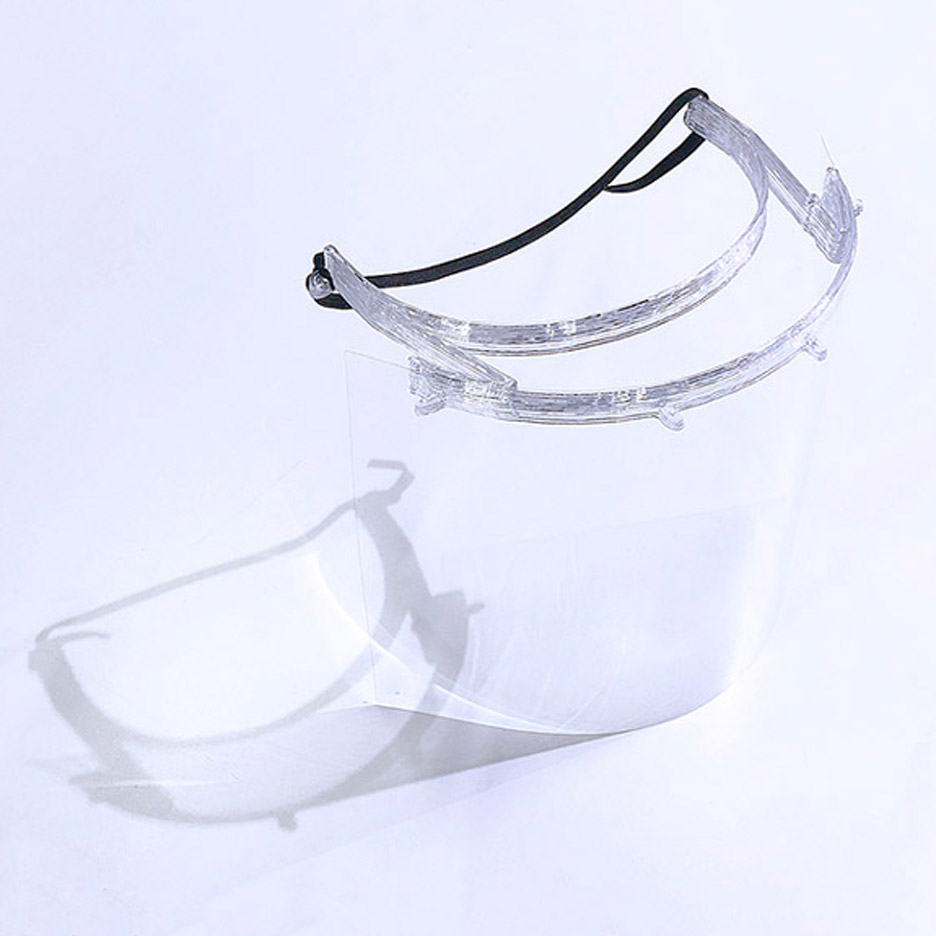
3D-printed face shield by Nagami Design
Spanish 3D-printing brand Nagami Design is utilising its facilities, which are usually used to print furniture for companies like Zaha Hadid Design, to make face shields for medical staff.
The face shields are being donated to Hospital Provincial de Ávila, near Nagami Design's factory in Spain.
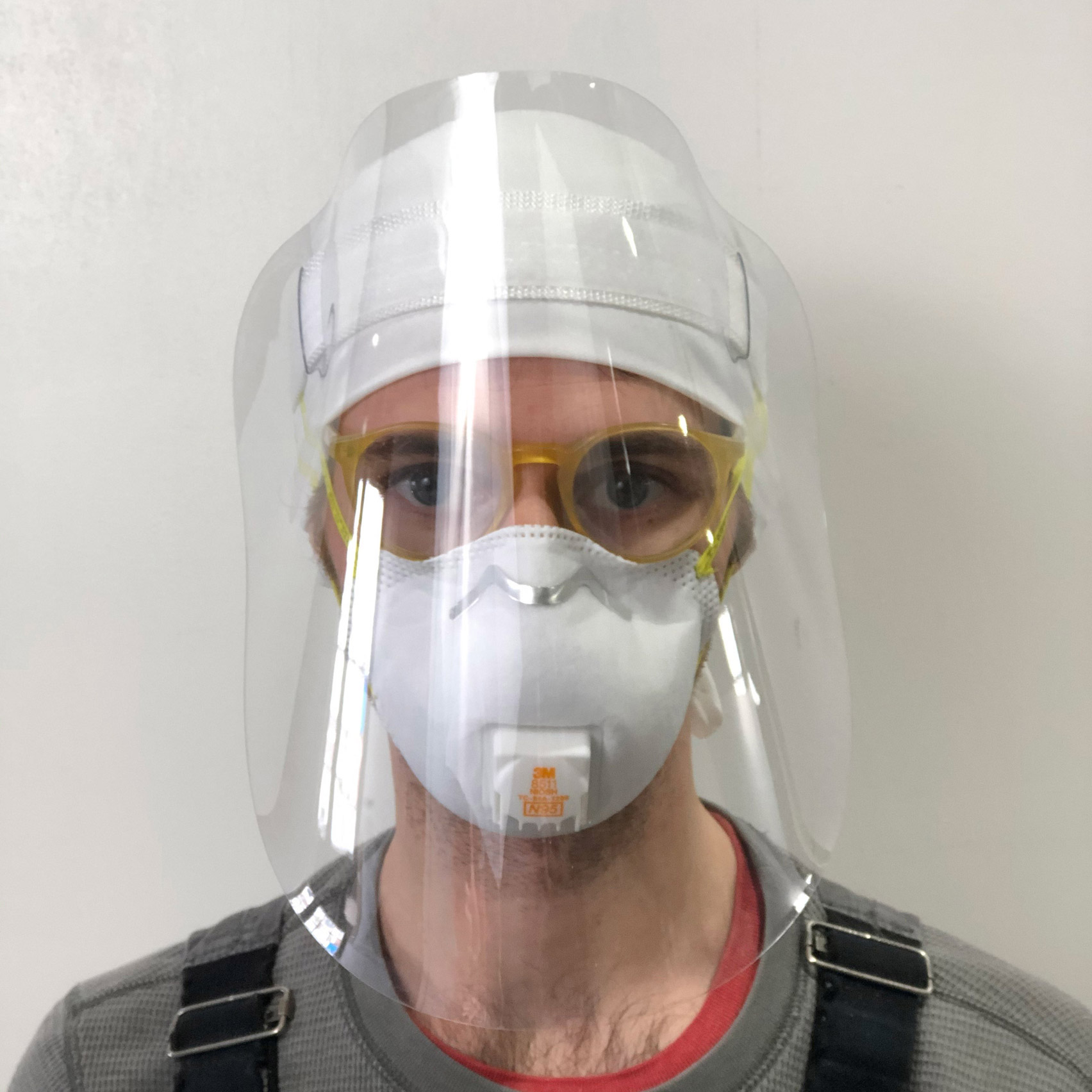
Simple face shield by Jungil Hong and Matt Muller
Graduates from the Rhode Island School of Design, Jungil Hong and Matt Muller, have designed a simple face shield that is made from a curved piece of vinyl and a head strap.
"We can sustain our business and provide a product that's a quarter the price of what's out there because our design is so much simpler," said Muller. "We have the capacity to make between 1,500 and 3,000 shields per day once we get going."
The post Eight face shields designed to protect coronavirus healthcare workers appeared first on Dezeen.
from Dezeen https://ift.tt/3ceAyR0
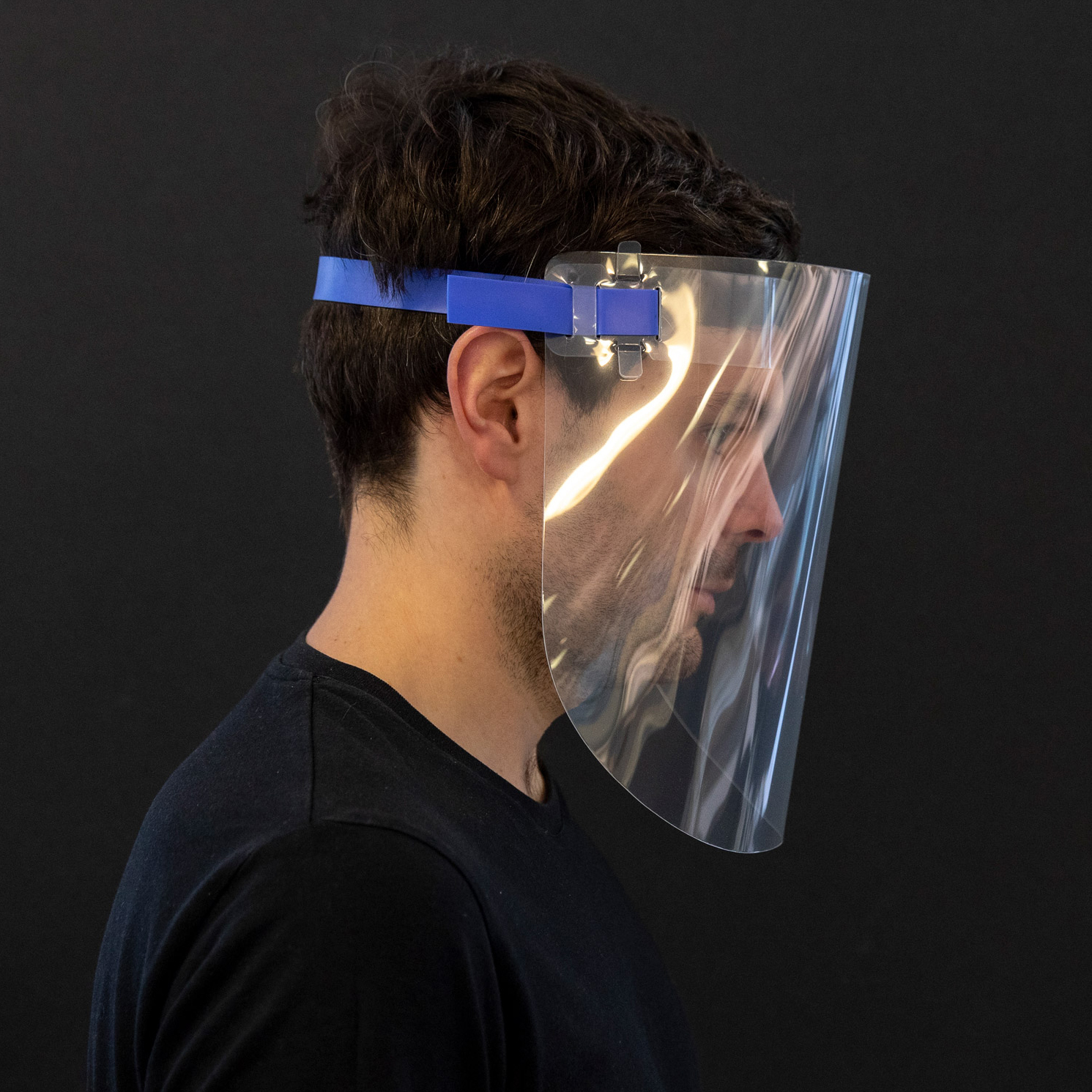
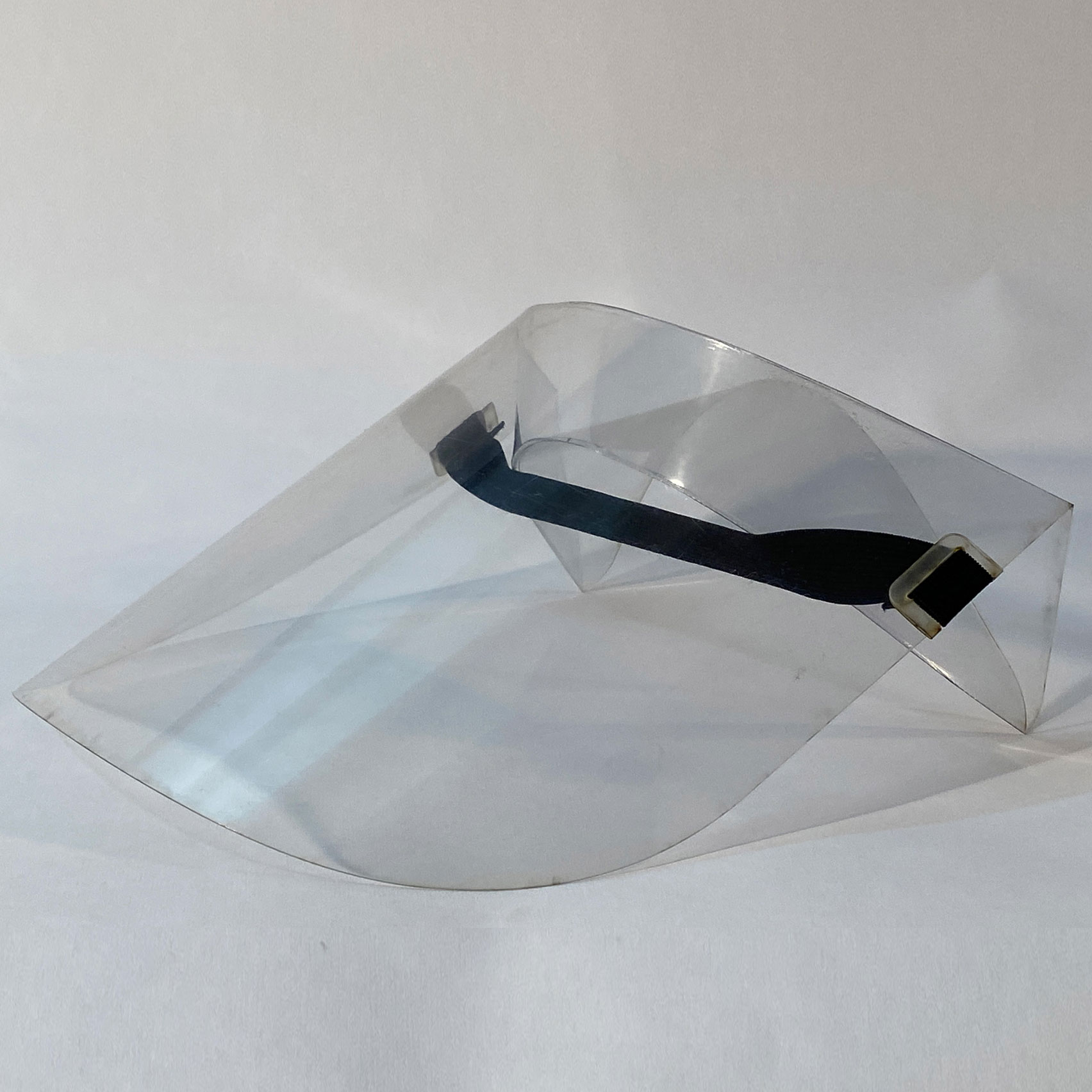
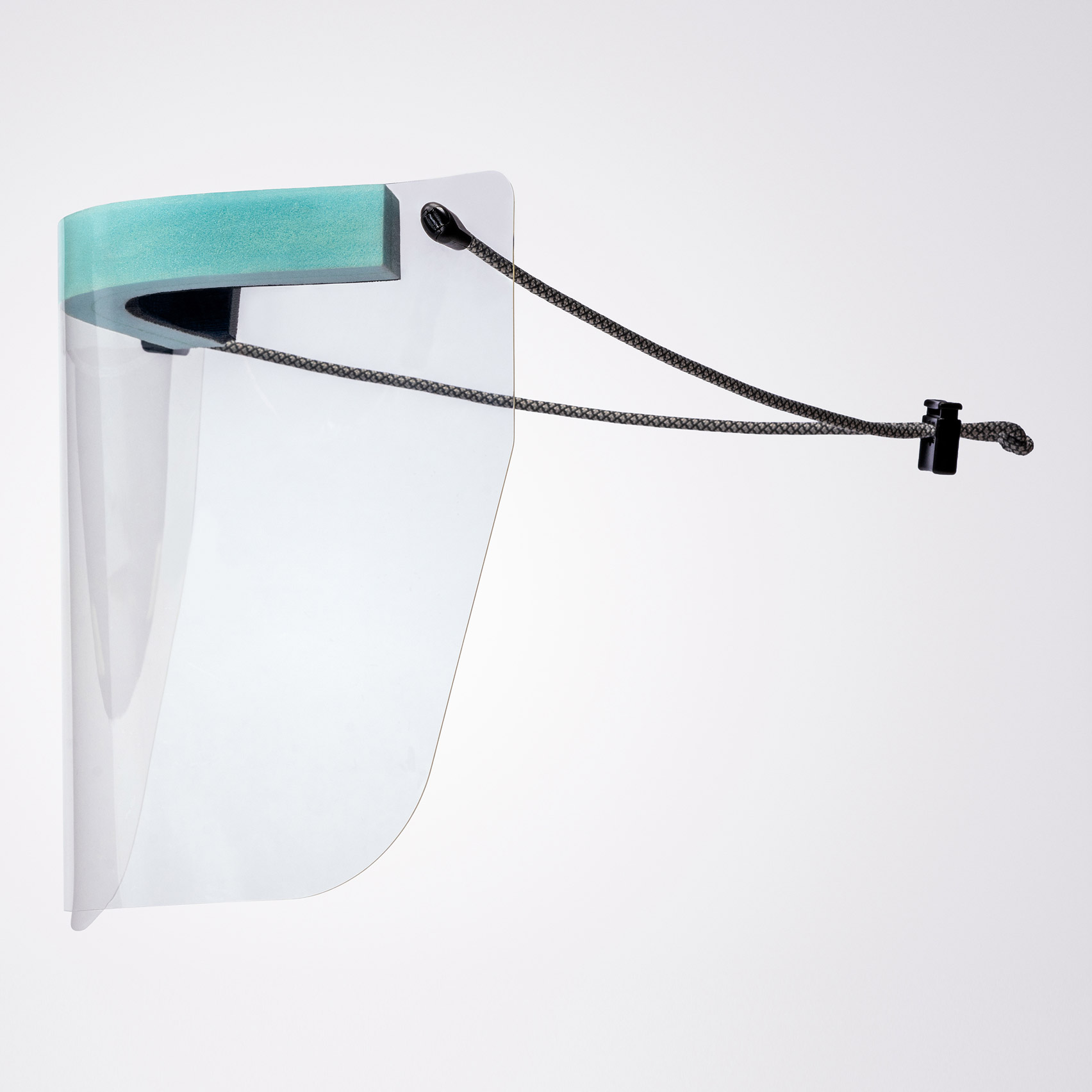

No comments:
Post a Comment